To understand the Trump victory, it is worthwhile to look at the backlash movement that prefigured Trump’s rise: the Tea Party.
Six years ago, I wrote a book, with Harvard professor Theda Skocpol, about the rise of the Tea Party and its impact on American politics. We described the Tea Party movement as a loose coalition of three forces.
- An older, white conservative base, highly motivated against immigration and threatened by the demographic, political and cultural change represented by Barack Obama.
- A conservative media infrastructure that promulgated a deeply distorted view of the world and served as a social movement organization, shaping and solidifying a clear identity to mobilize its audience.
- A network of billionaire ideologues, most famously the Koch Brothers, committed to extreme pro-big-business, anti-regulatory, anti-tax policies.
These forces were likely to persist, we argued, even as the Tea Party brand went into decline. And that has certainly proven the case. Last night, we witnessed the continued relevance of the Tea Party coalition.
Donald Trump was willing to address immigration in terms substantially more extreme than his primary opponents, and this allowed him to harness rank-and-file Republicans’ sense of cultural resentment and ethnic nationalism. It was anti-immigrant rhetoric that distinguished Trump from his opponents for the nomination, and it was negative perceptions of foreigners, not economic insecurity, that distinguished his primary supporters. And in the general election, despite widespread media attention to the “white working class” as a bastion of Trumpism, early evidence suggests that college educated whites also voted Trump yesterday. As with the Tea Party, analyses that explain this conservative reaction as anger at an unracialized “status quo” or “elites” are a whitewash.
Trump was also, of course, a master of manipulating the media, including conservative online networks and Fox News. It is worth remembering his role in promoting the insidious untruths regarding President Obama’s birthplace; Trump found a home in conservative online networks that had long pushed ideas into broader conservative circles, and from there into mainstream political discourse. But Trump, the reality star, also demonstrated an understanding of the commercial media as a whole – in a campaign season that lasts a year or more, networks were willing and even eager to provide an entirely unbalanced level of coverage to his eye-catching campaign.
It has been widely, and wrongly, implied that the Trump victory is somehow a defeat for the Koch brothers. The billionaires of the ideological right found their place in the Trump campaign exactly where it counts: on the issues. Trump’s vice president, Mike Pence, will likely have tremendous policymaking latitude. As the New York Times reported a few months ago, candidates for the VP slot were offered the opportunity to be “the most powerful vice president in history… In charge of domestic and foreign policy.” Pence’s ties to the Koch network are very extensive, and his policies – including immense tax cuts so extreme they met with resistance even from Republicans are everything the Koch Brothers could ask for. At the same time, unified Republican control means that we should expect the federal budget to look like the proposals of Paul Ryan, another politician in the Koch orbit. Those familiar with the economic condition of Kansas, where the Koch brand extreme free-marketism has been given its fullest test, can predict the consequences for the United States as a whole.
Thus the Trump presidency is of a piece with the Tea Party movement that preceded it. But in two vital ways, President Trump will be a fundamental break with the conservative politics of the last eight years.
First, the Republican coalition in the post-Tea Party era had been united in opposition. Now, they have unified control of the federal government. Republicans have been very good at saying “no”— to the Affordable Care Act, to raising the debt ceiling, to compromise. Achieving austerity by gridlock allowed Republicans to paper over the substantial ideological divide between the priorities of rank-and-file conservatives and free market elites. Those divisions may now become more prominent.
Second, and most important, is the role of Trump himself in his own Administration. Trump has shown little interest in public policy, and a lot of interest in punishing his perceived enemies. He has threatened to jail his political opponent, repudiated basic Constitutional protections, and called for the United States to commit war crimes. Whether Trump can be convinced, or obliged, to operate within the norms of liberal democracy remains an open question.
One of the hopeful aspects of my Tea Party research was the commitment of the grassroots activists to local political organizing— to the day-to-day grind of holding meetings, printing fliers, calling Congressmen, running for school board. In that sense, their work was part of a proud American tradition of small-scale everyday engagement, a style of democracy that has long been imagined to protect America against demagoguery and tyranny. That their work has empowered a genuinely anti-democratic leader is an irony, and a tragedy.
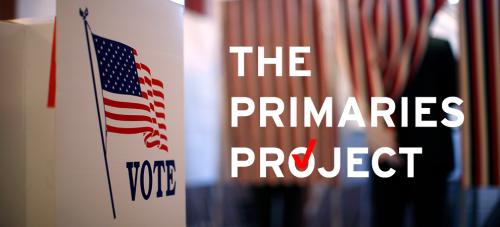
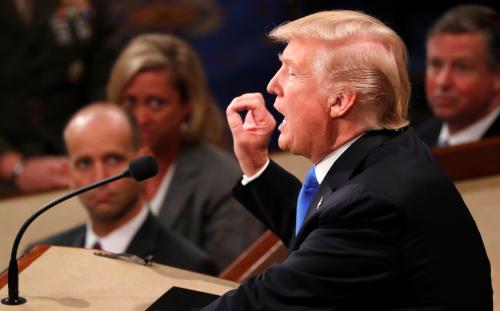

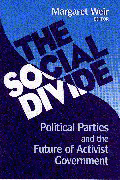
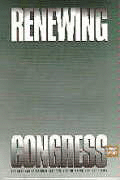
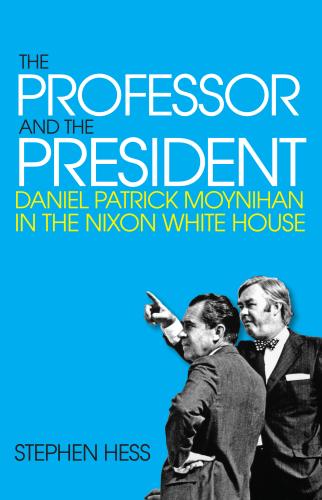

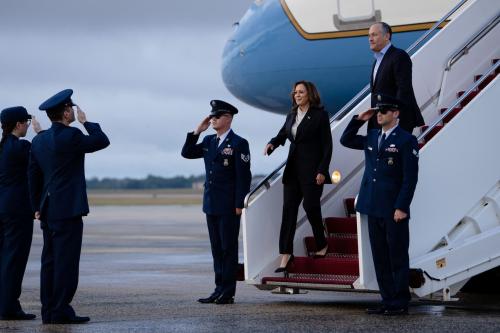

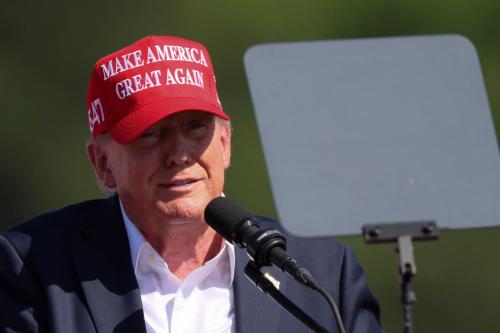
Commentary
What the Tea Party tells us about the Trump presidency
November 9, 2016